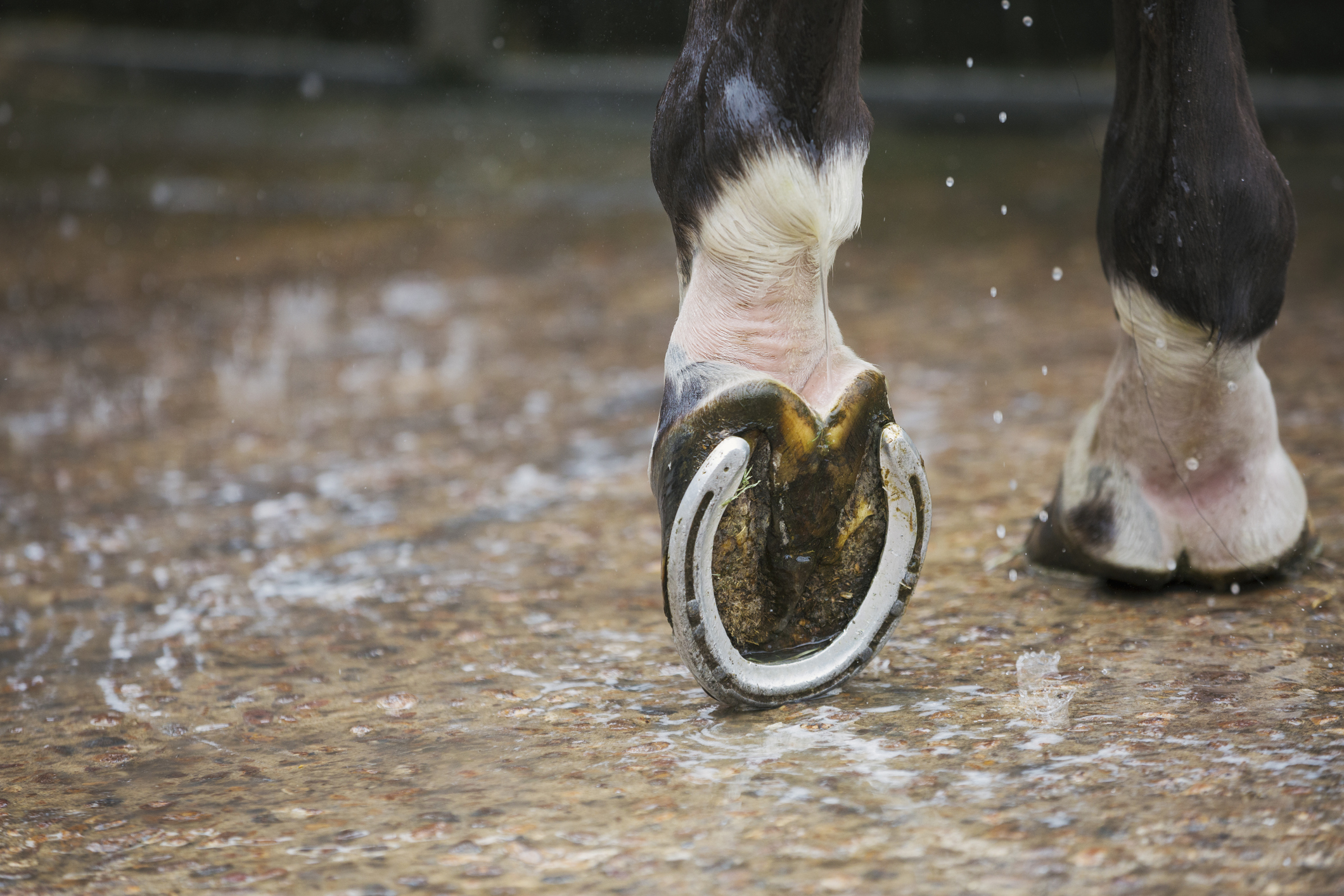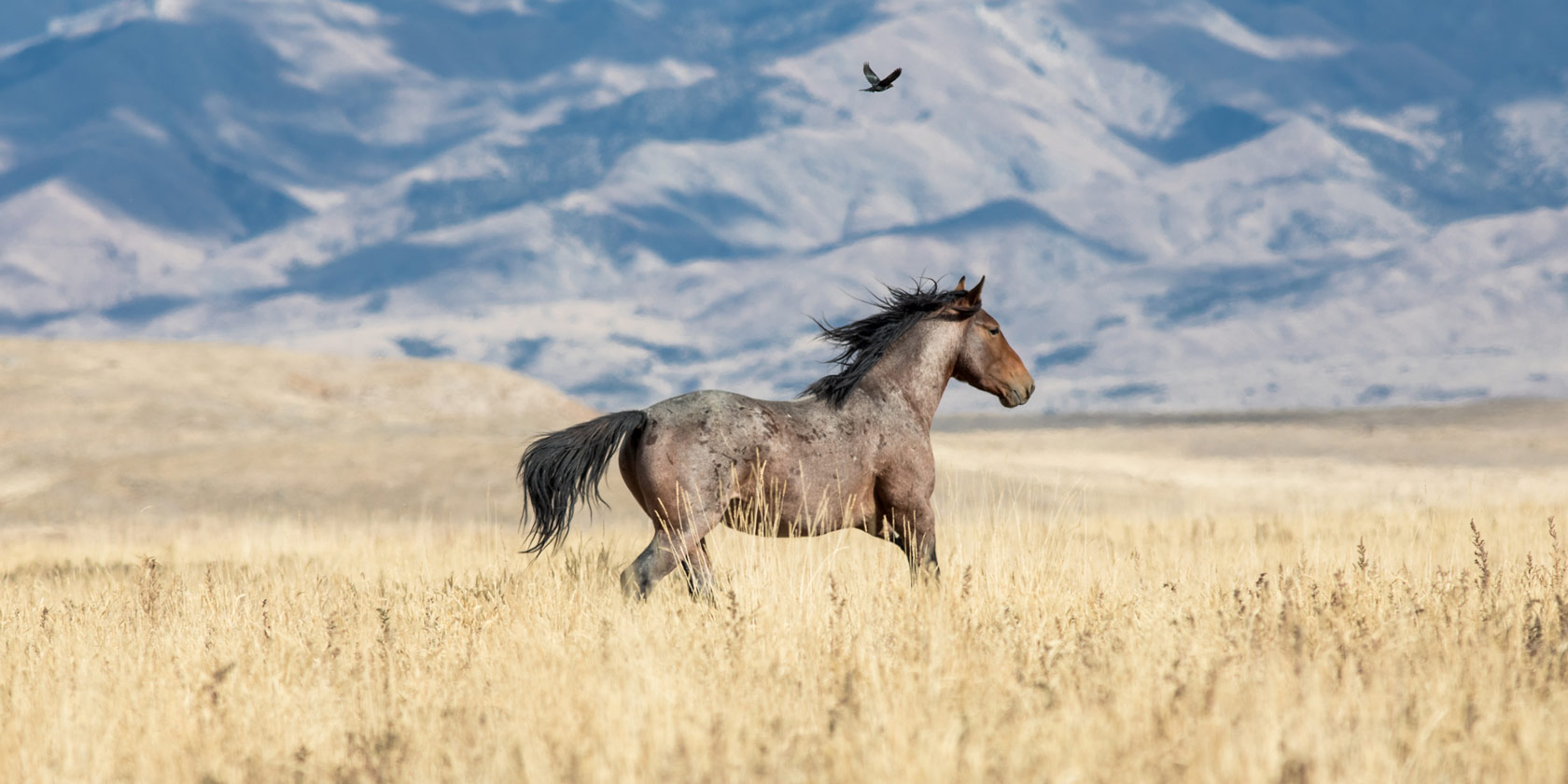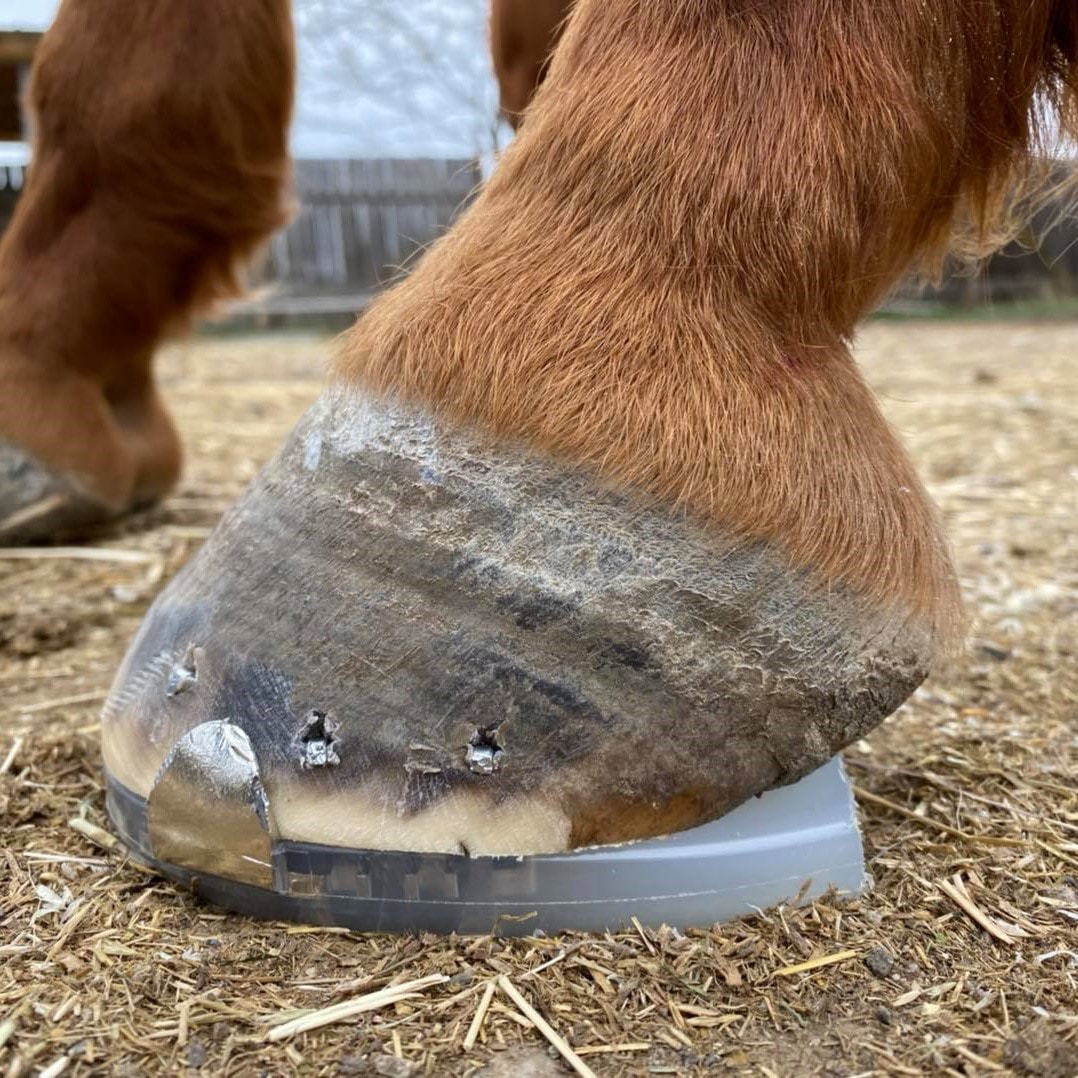At the core of equine well-being lies a robust understanding of equine hoof biology. The hooves are not just a critical part of a horse’s anatomy; they are marvels of natural engineering designed to withstand the rigors of the horse’s environment.
The Structure of Hooves
The hoof’s structure is complex, comprising several layers and components, each with a specific function. The outermost layer, the hoof wall, is made of a tough protein called keratin, which provides protection and bears most of the horse’s weight. Beneath this lies the sensitive laminae, connecting the hoof wall to the internal structures. The sole of the hoof, the frog, and the digital cushion play vital roles in shock absorption and circulation.
Self-Trimming Hooves Explained
Self-trimming hooves are a fascinating aspect of equine hoof biology. Unlike domesticated horses, wild horses engage in continuous movement across varied terrain, which naturally files their hooves down. This phenomenon ensures that their hooves stay at an optimal length, maintaining balance and preventing overgrowth that could lead to discomfort or injury.
Wild Horses Hooves: Natural Hoof Maintenance

When observing wild horses hooves, one will notice that they are typically in good condition without any human intervention. This is due to the natural hoof maintenance processes that occur in their everyday lives.
Hoof Care in the Wild
- Mile after mile of movement across diverse landscapes
- Natural abrasive surfaces acting as organic rasps
- Regular exposure to the elements, aiding in hoof hardness
Natural Hoof Care Mechanisms at Work
In the wild, several natural hoof care mechanisms are constantly at work. The daily travels of a wild horse across various surfaces act akin to a farrier’s rasp, wearing down the hooves evenly. Additionally, the exposure to water and dry conditions in an organic cycle contributes to hoof pliability and strength.
Why Horses Don’t Need Farriers in the Wild

The question of why horses don’t need farriers in their natural habitat is answered through their lifestyle. The wild equine’s routine involves continuous movement, which is not typically replicated in domesticated settings.
Differences Between Wild and Domestic Hoof Care
Domesticated horses have different lifestyles; often confined to stalls or small paddocks, their hooves do not wear down as they would naturally. Farriers are essential for maintaining domestic hoof health, as they replicate the effects of the wild through trimming and shoeing.
Wild Horse Hoof Health and Its Implications
Examining wild horse hoof health reveals the benefits of a natural lifestyle. Their hooves are less prone to conditions often found in domesticated horses, such as laminitis or navicular disease. This robust health is a direct result of their self-sufficient hoof care regimen.
The Role of the Environment in Hoof Trimming

The environment plays a pivotal role in the natural maintenance of hooves. It offers a self-sustaining system for hoof care that effectively eliminates the need for human intervention.
Hard vs. Soft Terrain
Wild horses traverse a mixture of hard and soft terrains, each contributing to hoof health in different ways. Hard surfaces wear the hooves down, while softer grounds allow for minor growth, avoiding brittleness. This balance is crucial for natural hoof maintenance.
Wild Equine Foot Care Through Movement
Wild equine foot care is predominantly facilitated through constant movement. This activity not only promotes cardiovascular health but also ensures hooves are naturally trimmed, as the pressure and friction against the ground serve to file them down.
Natural Hoof Care vs. Human Intervention
The dichotomy between natural hoof care and human intervention is pronounced when comparing the wild with the domestic. Wild horses benefit from a harmonious relationship with their environment, whereas domestic horses rely on human care for hoof health.
Benefits of Natural Hoof Care for Wild Horses
Natural hoof care offers numerous benefits for wild horses, including:
- Promotion of natural gait and posture
- Decreased risk of hoof-related ailments
- Improved overall hoof condition and strength
Why Domestic Horses Require Hoof Trimming and Shoes
Domestic horses require hoof trimming and shoes to compensate for the lack of natural wear and tear their wild counterparts experience. Regular farrier visits are crucial to prevent overgrowth, provide support, and ensure proper hoof alignment, which is essential for domestic horses’ health and performance.
If you’re curious about the equine world and the intricacies of horse care, you may be interested in our various articles that delve into these topics. For instance, ever wondered why horses have tails? Or perhaps you’ve pondered whether it hurts when horses get their hooves trimmed? Moreover, the use of equipment on horses is also quite fascinating; learn about why horses wear blinders. These insights can provide a deeper understanding of horse behavior and handling, complementing the topic of why wild horses do not need their hooves trimmed.
Conclusion: The Self-Sustaining Nature of Wild Horse Hooves
In conclusion, the self-sustaining nature of wild horse hooves is a testament to the efficiency of nature’s design. Through an intricate balance of movement, environmental interaction, and natural hoof care mechanisms, wild horses maintain their hoof health without the need for human intervention. This insight into their well-being offers valuable lessons in the importance of considering natural solutions for hoof care and the implications of domesticated life on our equine companions.



